Home>Garden Essentials>How Many Seeds Do You Plant In One Hole
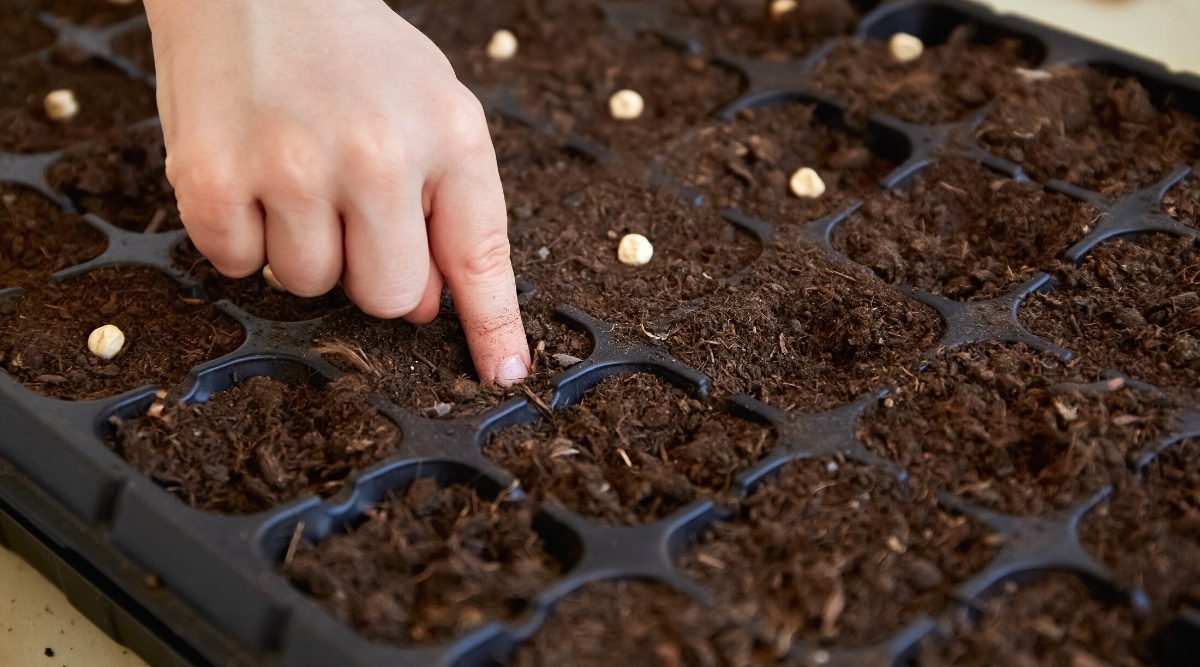

Garden Essentials
How Many Seeds Do You Plant In One Hole
Modified: May 6, 2024
Discover the best planting practices for your garden. Learn how many seeds to plant in one hole to maximize your harvest.
(Many of the links in this article redirect to a specific reviewed product. Your purchase of these products through affiliate links helps to generate commission for Storables.com, at no extra cost. Learn more)
Introduction
Gardening is a fulfilling hobby that allows us to connect with nature and enjoy the beauty of plants. Whether you have a spacious backyard or a small balcony, planting seeds is a crucial step in the gardening process. However, when it comes to planting multiple seeds in one hole, gardeners often find themselves wondering how many seeds to plant to achieve optimal growth and yield.
While there isn’t a definitive answer, as it depends on various factors, such as the type of seeds, their size, and the space available, there are guidelines that can help you make informed decisions. In this article, we will explore the factors to consider when deciding how many seeds to plant in one hole and provide tips to help you maximize your gardening success.
So, whether you’re starting a vegetable patch, creating a vibrant flower bed, growing your own herbs, or even cultivating your favorite fruits, understanding the ideal planting density can make a significant difference in the overall health and productivity of your garden.
Key Takeaways:
- Planting multiple seeds in one hole depends on factors like seed size, plant spacing, and growth characteristics. Follow guidelines for each type of seed to ensure optimal growth and yield.
- Consider soil fertility, water availability, and proper care when planting multiple seeds in one hole. Follow spacing, thinning, and watering guidelines for successful plant growth.
Read more: How Many Tomato Seeds To Plant Per Hole
Factors to Consider
Before you start planting multiple seeds in one hole, there are a few important factors to take into consideration. These factors will help you determine the appropriate number of seeds to plant, ensuring that they have enough space to grow and thrive. Let’s explore these factors:
- Seed Size: The size of the seeds plays a significant role in determining how many seeds to plant in one hole. Large seeds, such as squash or beans, have a higher chance of germination and may only require one or two seeds per hole. On the other hand, smaller seeds like lettuce or carrots can be sown more densely, usually a few seeds per hole.
- Plant Spacing: Each plant has specific spacing requirements, which refer to the distance between plants necessary for optimal growth. This spacing ensures that the plants have enough room to spread their roots and access sunlight, water, and nutrients without competing with neighboring plants. It’s essential to consult seed packets or gardening references to determine the recommended plant spacing for each type of seed.
- Growth Characteristics: Understanding the growth characteristics of the plants you are growing is crucial in determining the number of seeds to plant in one hole. Some plants, like tomatoes or peppers, have a bushy growth habit and require more space. Others, like leafy greens or radishes, have a compact growth habit and can be densely planted.
- Soil Fertility and Nutrients: The nutrient content and fertility of your soil play a vital role in determining how many plants can grow successfully in one hole. If your soil is rich in nutrients, it can support more plants, and you can plant multiple seeds. However, if your soil is poor in nutrients, it’s advisable to give each plant more space and plant fewer seeds in each hole to ensure adequate nutrient availability.
- Water Availability: Water is essential for seed germination and plant growth. Adequate spacing between plants allows water to reach the roots more efficiently, preventing overcrowding and competition for water. If the water supply is limited, it’s better to plant fewer seeds in one hole to ensure each plant receives sufficient water.
By considering these factors, you can make informed decisions about how many seeds to plant in one hole, taking into account the characteristics of the seeds and the resources available to support their growth. It’s important to find the right balance between maximizing the use of space and ensuring the optimal health and productivity of your plants.
Vegetable Seeds
When it comes to planting vegetable seeds, the number of seeds to plant in one hole varies depending on the type of vegetable and its growth characteristics. Here are some popular vegetables and general guidelines for planting multiple seeds:
- Lettuce: Lettuce seeds are small and can be sown densely. You can plant 2-3 seeds per hole and thin out the weaker seedlings later to maintain proper spacing.
- Tomatoes: Tomato plants grow into large, bushy plants and require more space. It’s recommended to plant only one seed per hole to give each plant ample room to grow and spread.
- Carrots: Carrot seeds are small and can be sown in clusters of 2-3 seeds per hole. However, it is important to thin them out once they reach a few inches in height to ensure proper spacing for each carrot plant.
- Peppers: Similar to tomatoes, pepper plants have a bushy growth habit and require more space. Plant only one seed per hole to give each plant enough room to develop and produce abundant peppers.
- Radishes: Radish seeds can be sown closely together, about 4-5 seeds per hole. As radishes grow quickly, thinning them out is crucial to ensure proper spacing and prevent overcrowding.
- Beans: Bean seeds can be planted in clusters of 2-3 seeds per hole, allowing them to grow and climb up trellises or supports together.
- Squash: Squash seeds are large and have a high germination rate. Planting one or two seeds per hole is sufficient to give each plant enough space to spread its vines and produce fruits.
It’s important to note that these guidelines are general recommendations and may vary slightly depending on the specific variety of each vegetable. Always refer to the seed packet or reliable gardening references for accurate information on seed spacing and planting guidelines.
By following the appropriate guidelines for planting vegetable seeds, you can maximize the productivity of your vegetable garden while ensuring each plant has enough space to grow and thrive.
Flower Seeds
Planting flower seeds can add vibrant colors and beauty to your garden. When it comes to planting multiple flower seeds in one hole, there are a few factors to consider, such as the size of the seeds and the growth habit of the flowers. Here are some general guidelines for planting flower seeds:
- Annual Flowers: Annual flowers, such as marigolds or zinnias, often have small seeds. You can plant multiple seeds per hole, usually 2-3 seeds, to ensure successful germination and create a fuller display of flowers.
- Perennial Flowers: Perennial flowers, like coneflowers or asters, tend to have larger seeds. Planting one seed per hole is typically sufficient for these types of flowers, as they tend to spread and fill in the space over time.
- Wildflowers: Planting wildflower seeds can create a beautiful, natural-looking garden. Since wildflowers come in various sizes and growth habits, it’s important to read the instructions on the seed packet and follow the recommended spacing guidelines. Some wildflowers can be densely sown in clusters, while others require more space.
- Climbing or Vine Flowers: Climbing or vine flowers, such as morning glories or sweet peas, require support or trellises to grow vertically. Planting 2-3 seeds per hole around the support structure allows the plants to climb and create a lush display of foliage and blooms.
- Flower Mixes: Many seed packets contain mixes of flower seeds, offering a variety of colors and types of flowers. In these cases, you can plant a small handful of seeds per hole to ensure a diverse and visually appealing mix of flowers in your garden.
When planting flower seeds, it’s important to consider the growth habit and spacing requirements of each flower species. Some flowers may require more space to spread their foliage, while others can be planted closer together for a denser display of blooms. Taking into account the size of the seeds and the specific recommendations on the seed packet will help you make the most informed decisions.
Remember to provide adequate water and care to your flower seedlings as they grow, ensuring they have the best chance of thriving and adding beauty to your garden.
For most seeds, it’s best to plant 2-3 seeds per hole to increase the chances of germination. Once the seeds sprout, you can thin out the weaker seedlings to leave the strongest one to grow.
Herb Seeds
Planting herb seeds is a delightful way to add fresh flavors and aromas to your cooking. Whether you have a small herb garden or simply want to grow a few herbs in pots, planting multiple herb seeds in one hole can help maximize your herb production. Here are some guidelines for planting herb seeds:
- Basil: Basil seeds are small and can be sown densely. Planting 2-3 seeds per hole is a good practice. As basil plants grow, you may need to thin them out to maintain proper spacing.
- Parsley: Parsley seeds are relatively small as well. Plant 2-3 seeds per hole, and once they germinate, thin them out to allow each plant to have adequate space for growth.
- Mint: Mint seeds are tiny, and mint plants tend to spread rapidly. To control their growth, it’s recommended to plant only one seedling per hole, spacing the holes at least a foot apart to prevent the plants from overcrowding each other.
- Chives: Chive seeds are small and can be sown closely together. Plant 2-3 seeds per hole, allowing them to grow into a dense clump of chive plants.
- Cilantro: Cilantro seeds are relatively large, and each seed can produce one cilantro plant. Plant one seed per hole, and space the holes accordingly to give each plant adequate room for growth.
- Thyme: Thyme seeds are tiny but have a good germination rate. Plant 2-3 seeds per hole and thin out the weaker seedlings once they establish themselves.
- Rosemary: Rosemary seeds are rare, and it’s more common to propagate rosemary from stem cuttings or nursery-bought plants. However, if you do have rosemary seeds, plant only one seed per hole due to the plant’s woody growth habit.
When planting herb seeds, it’s essential to consider the growth habit of each herb. Some herbs, like mint or chives, tend to spread rapidly, so spacing them adequately is important to prevent overcrowding. Other herbs, such as basil or parsley, benefit from having a few plants grouped closely together, creating a lush and abundant patch of herbs.
By planting multiple herb seeds in one hole, you can enjoy a bountiful supply of fresh herbs for cooking, seasoning, and garnishing your favorite dishes.
Read more: How Many Carrots Do You Get From One Seed
Fruit Seeds
Planting fruit seeds allows you to grow your own delicious and nutritious fruits right in your garden. While most commonly, fruit plants are grown from seedlings or grafted plants, you can also start some fruits from seeds. Here are some general guidelines for planting fruit seeds:
- Apple: Apple seeds require a cold stratification period to break dormancy and germinate properly. Once stratified, plant one seed per hole. However, it’s important to note that apples grown from seeds may not produce fruit true to the parent variety, as they may exhibit genetic variation.
- Orange: Orange seeds can be planted one per hole, and they may take several years to grow into fruit-bearing trees. It’s more common to propagate orange trees from cuttings or grafting for consistent and reliable fruit production.
- Watermelon: Watermelon seeds are usually planted in a group of 2-3 seeds per hole. As the seedlings grow, thin them out, keeping the strongest seedling in each hole to allow for proper spacing and optimal fruit development.
- Strawberries: Strawberries are typically grown from runners or transplants rather than seeds. However, if you do decide to start strawberries from seeds, plant 2-3 seeds per hole to ensure successful germination and later thin out the seedlings to maintain proper spacing.
- Tomato: Tomato seeds are commonly planted individually in each hole, as this allows each plant to have sufficient room for growth and yields. It’s recommended to space the tomato plants at least 18-24 inches apart to allow ample space for the sprawling vines.
- Grape: Grapes are usually propagated from cuttings or grafted vines for consistent fruit production. While you can grow grapes from seeds, it’s important to note that they may not exhibit the desired characteristics or flavor of the parent variety.
When planting fruit seeds, it’s crucial to be patient as fruit plants often take several years to reach maturity and produce quality fruits. Additionally, keep in mind that growing fruits from seeds may result in variations in taste, texture, or fruit size compared to commercially available varieties, which are often bred for specific traits.
For reliable and consistent fruit production, it’s generally recommended to start fruit plants from seedlings or propagated plants obtained from reputable nurseries or garden centers. This ensures that you have fruit-bearing plants that are true to the desired variety and characteristics.
Tips for Planting Multiple Seeds
Planting multiple seeds in one hole can be an efficient way to maximize the use of space in your garden, increase productivity, and create a lush and abundant garden. Here are some tips to help you successfully plant multiple seeds:
- Proper Spacing: Ensure that you provide adequate spacing between seeds to allow each plant room to grow and access essential resources such as sunlight, water, and nutrients. Follow the recommended spacing guidelines for each type of seed to prevent overcrowding and competition among plants.
- Thinning: As the seedlings grow, thin them out to maintain the recommended spacing. Removing weaker seedlings allows the stronger ones to have more resources for growth and development. Thinning also helps prevent overcrowding, disease, and stunted growth.
- Watering: When planting multiple seeds in one hole, it’s important to ensure even and sufficient watering. Water the seeds gently to avoid displacing them or causing damage. After germination, provide regular and consistent watering to promote healthy growth and establishment.
- Seed Quality: Start with high-quality seeds from reputable sources. Good-quality seeds have a higher germination rate, increasing the chances of successful growth. Ensure that the seeds are not expired and store them properly to maintain their viability.
- Labeling: It’s helpful to label each planting hole or row to identify the seeds or plant variety. Use markers or labels to prevent confusion and ensure that you can track the progress and development of each plant.
- Timing: Consider the appropriate planting time for each type of seed. Some seeds require specific temperature or weather conditions for successful germination. Planting at the right time ensures optimal conditions for growth and helps prevent the risk of seedlings being exposed to extreme weather or frost.
- Soil Preparation: Prepare the soil adequately before planting by incorporating organic matter and ensuring proper drainage. Well-draining soil with good fertility provides a favorable growing environment for seeds to germinate and establish themselves.
By following these tips, you can increase the success rate of planting multiple seeds and create a thriving and productive garden. Remember to monitor the growth and progress of the plants, and provide the necessary care and maintenance, such as fertilizing, weeding, and pest control, to ensure optimal growth and yield.
Conclusion
Planting multiple seeds in one hole is a technique that can help gardeners make the most of their gardening space and increase productivity. While the number of seeds to plant in one hole depends on various factors, such as seed size, plant spacing, and growth characteristics, there are general guidelines to follow for different types of seeds.
When planting vegetables, be mindful of the size of the seeds and recommended plant spacing to ensure each plant has enough room to grow and thrive. Flowers can be planted in clusters for a fuller display, while herbs can be sown closely together to create a dense patch of fragrant foliage. Fruit seeds, although less commonly planted directly, can still be used with caution, bearing in mind the possibility of variations compared to propagated plants.
While planting multiple seeds in one hole can be beneficial, it’s crucial to consider factors like soil fertility, water availability, and proper care to support the growth of the seedlings. Following recommended guidelines for spacing, thinning, and watering will help ensure the plants have the resources they need to thrive.
It’s important to remember that these guidelines are general recommendations, and it’s always a good idea to consult seed packets, gardening references, or seek advice from experienced gardeners for specific plant varieties. Each plant has its own requirements, and adapting your planting strategy accordingly will result in a healthier and more productive garden.
By considering these factors, planting multiple seeds in one hole can be a rewarding and efficient technique to create a flourishing garden filled with vibrant vegetables, beautiful flowers, flavorful herbs, or even homegrown fruits. Enjoy the process, experiment with different plant combinations, and watch your garden flourish with abundant growth and bountiful harvests.
Now that you've got the hang of planting seeds effectively, why not give your garden a fresh look? Whether setting up barriers for privacy or simply adding stylish decor, fencing is crucial. For inspiration on enhancing your outdoor space, dive into our guide on creative garden fence ideas. You'll find designs that suit every style and need, ensuring your garden not only thrives but also looks its best. Ready to transform your garden's perimeter into something special? Check out our collection of unique fencing solutions.
Frequently Asked Questions about How Many Seeds Do You Plant In One Hole
Was this page helpful?
At Storables.com, we guarantee accurate and reliable information. Our content, validated by Expert Board Contributors, is crafted following stringent Editorial Policies. We're committed to providing you with well-researched, expert-backed insights for all your informational needs.
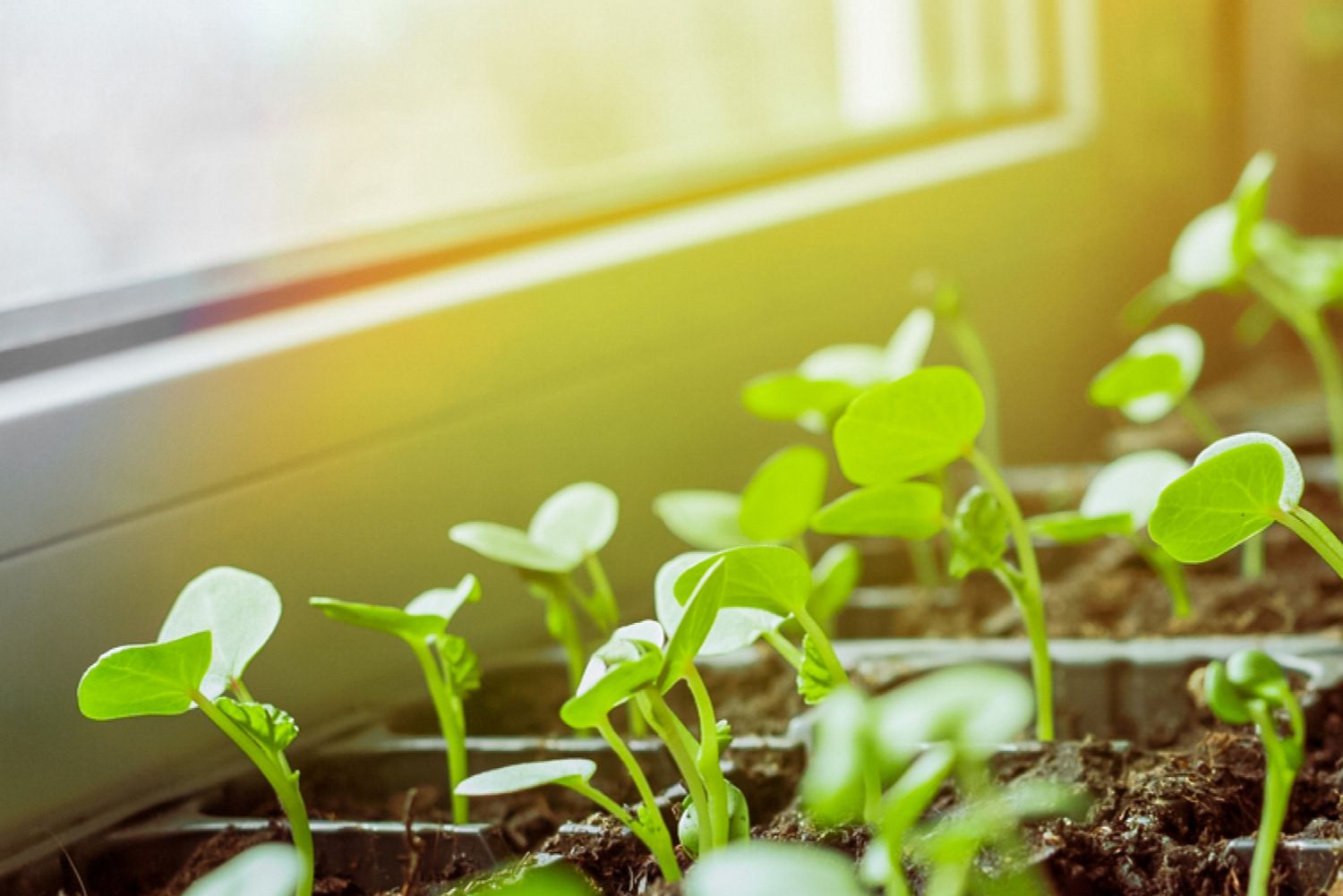
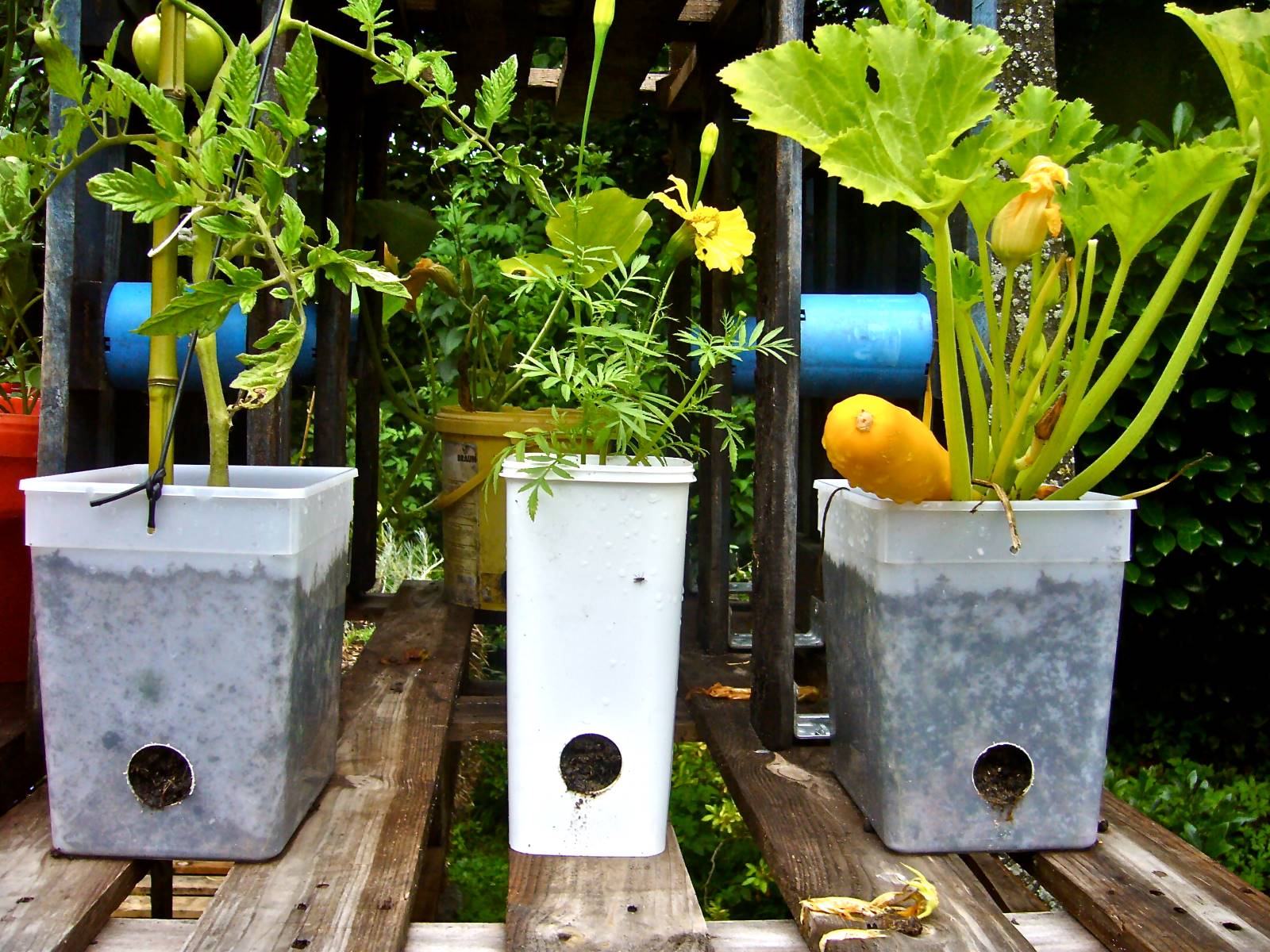
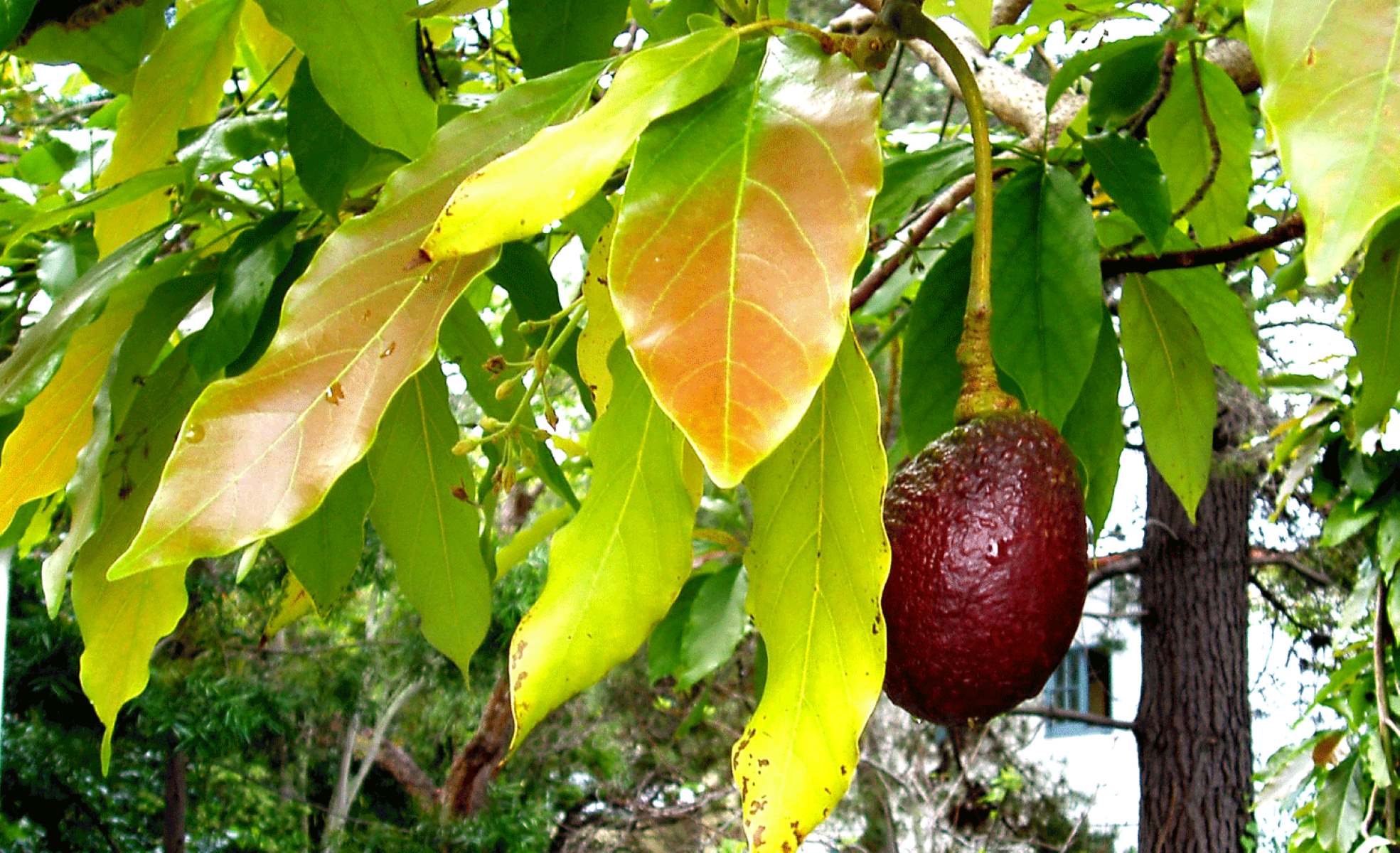
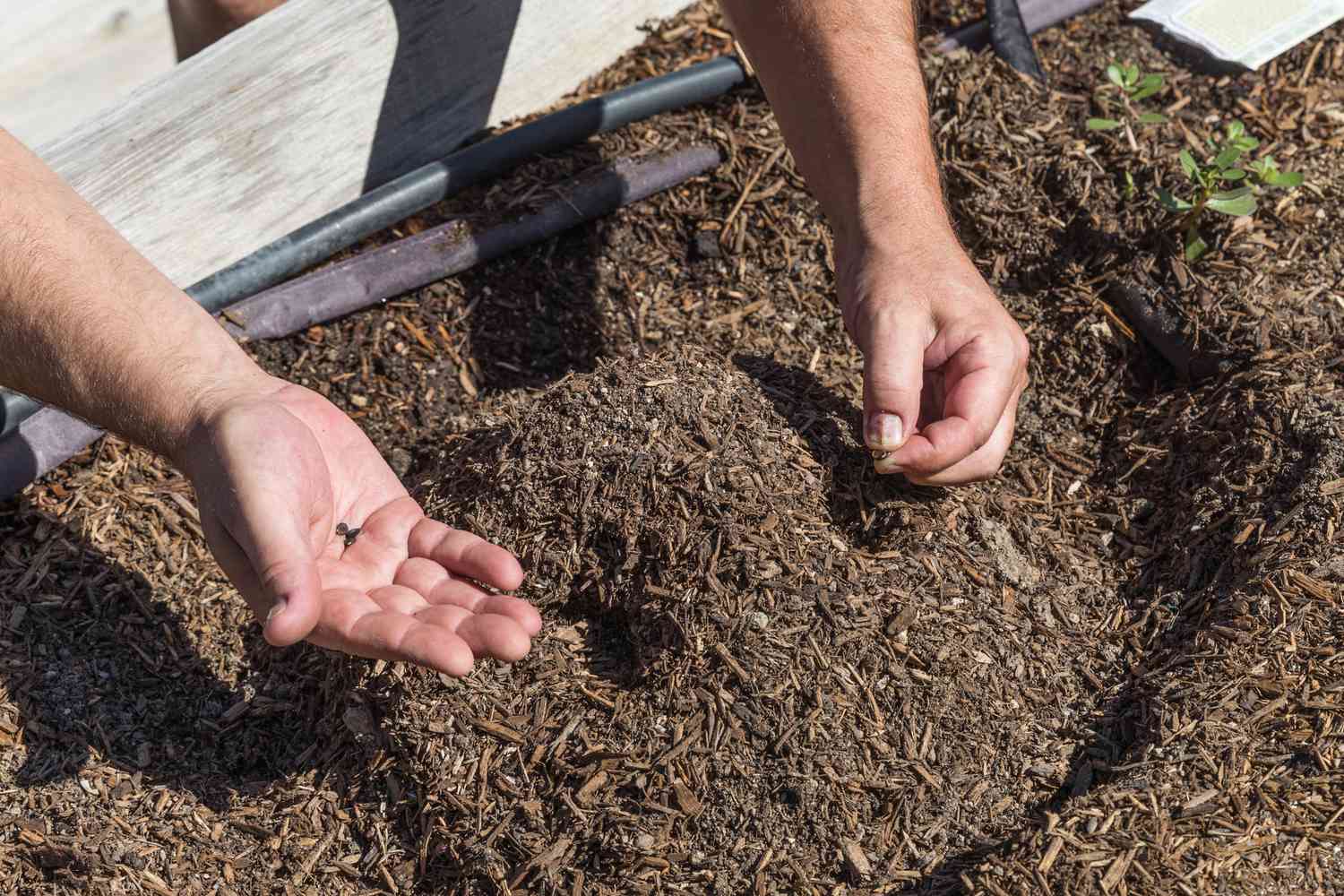
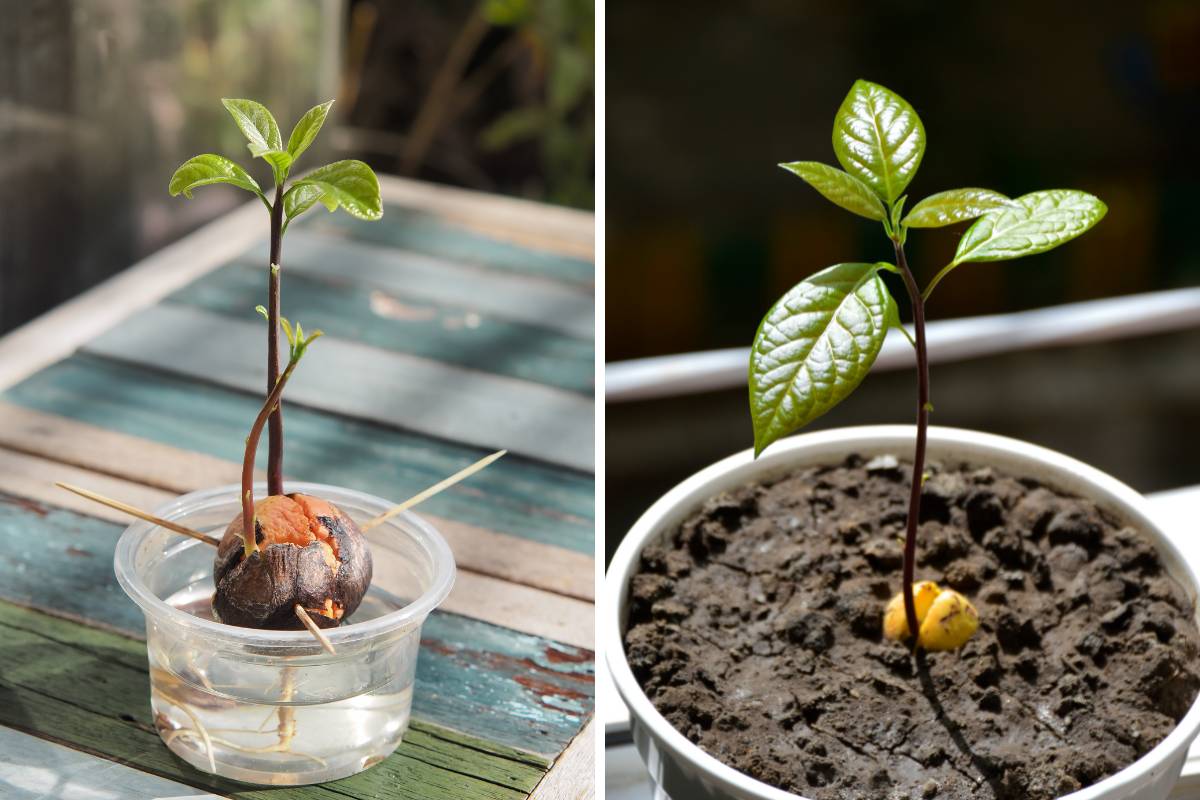
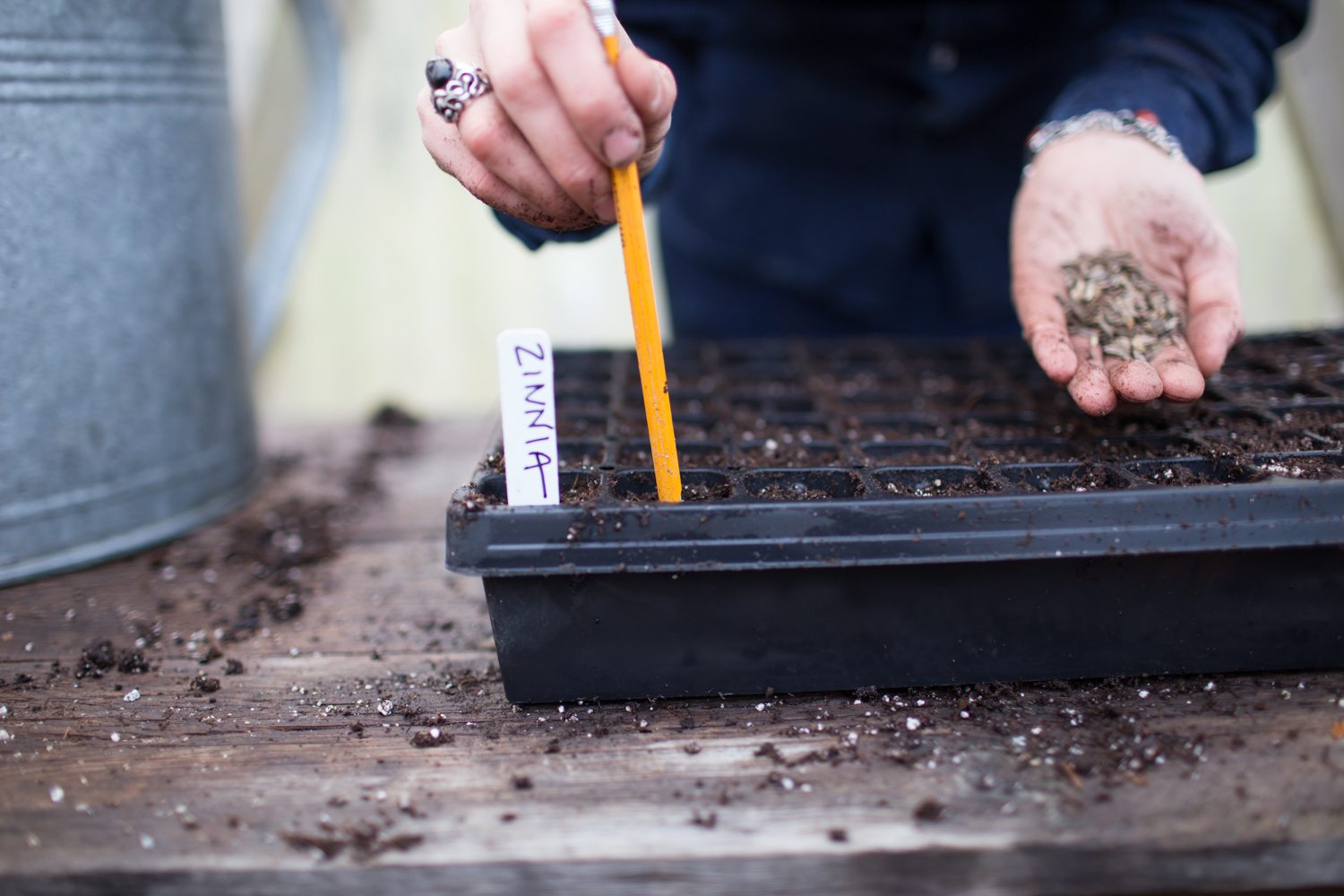
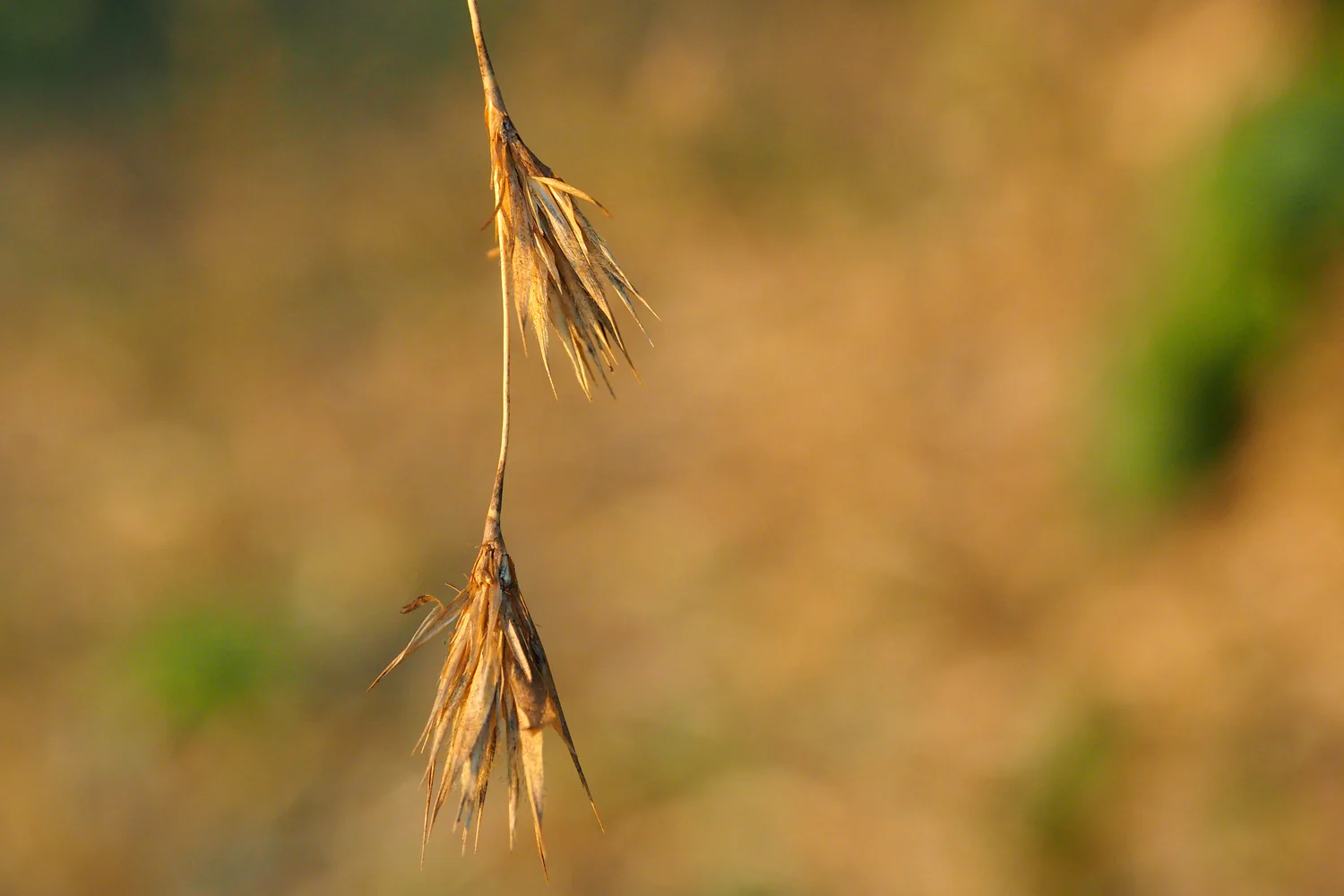
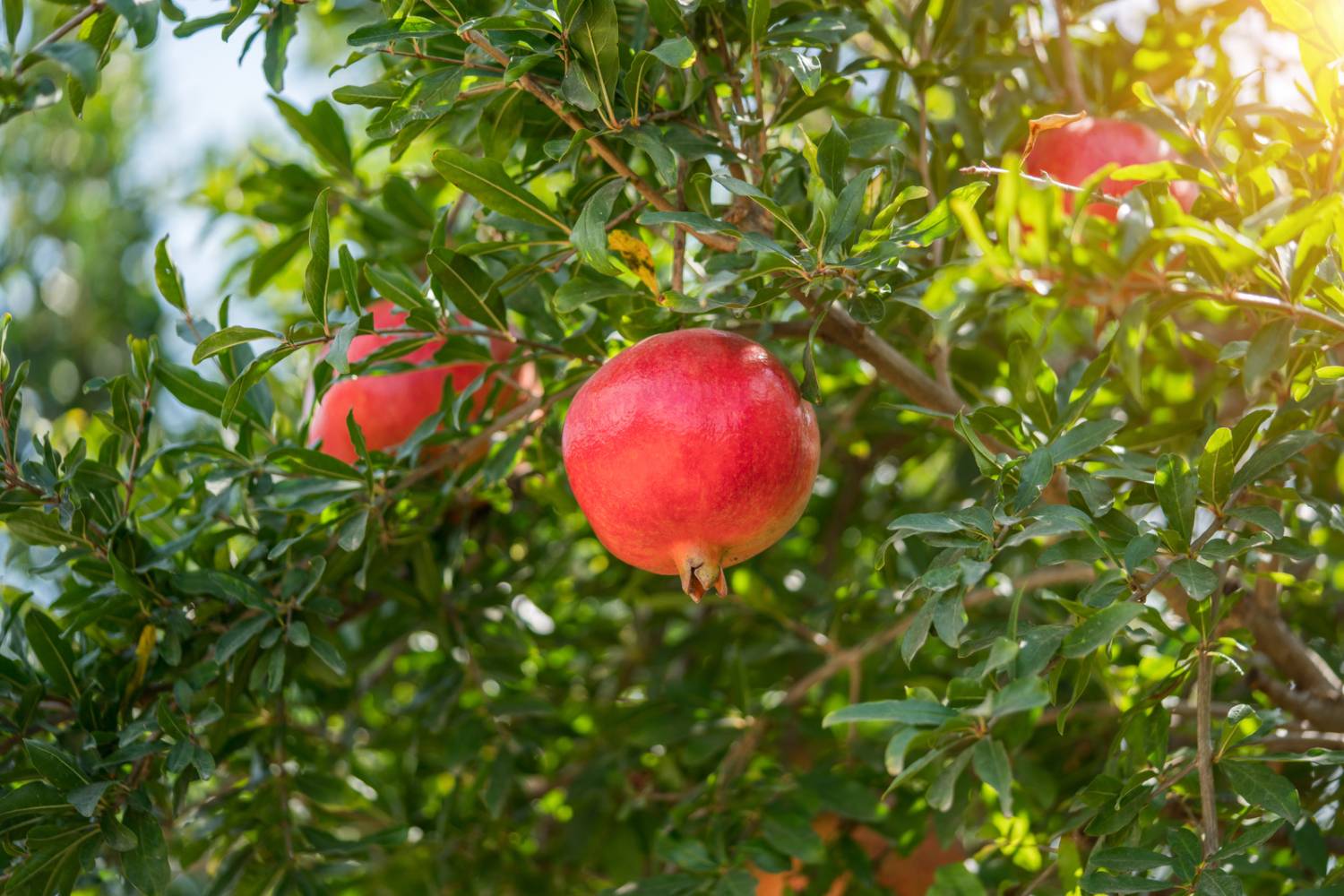
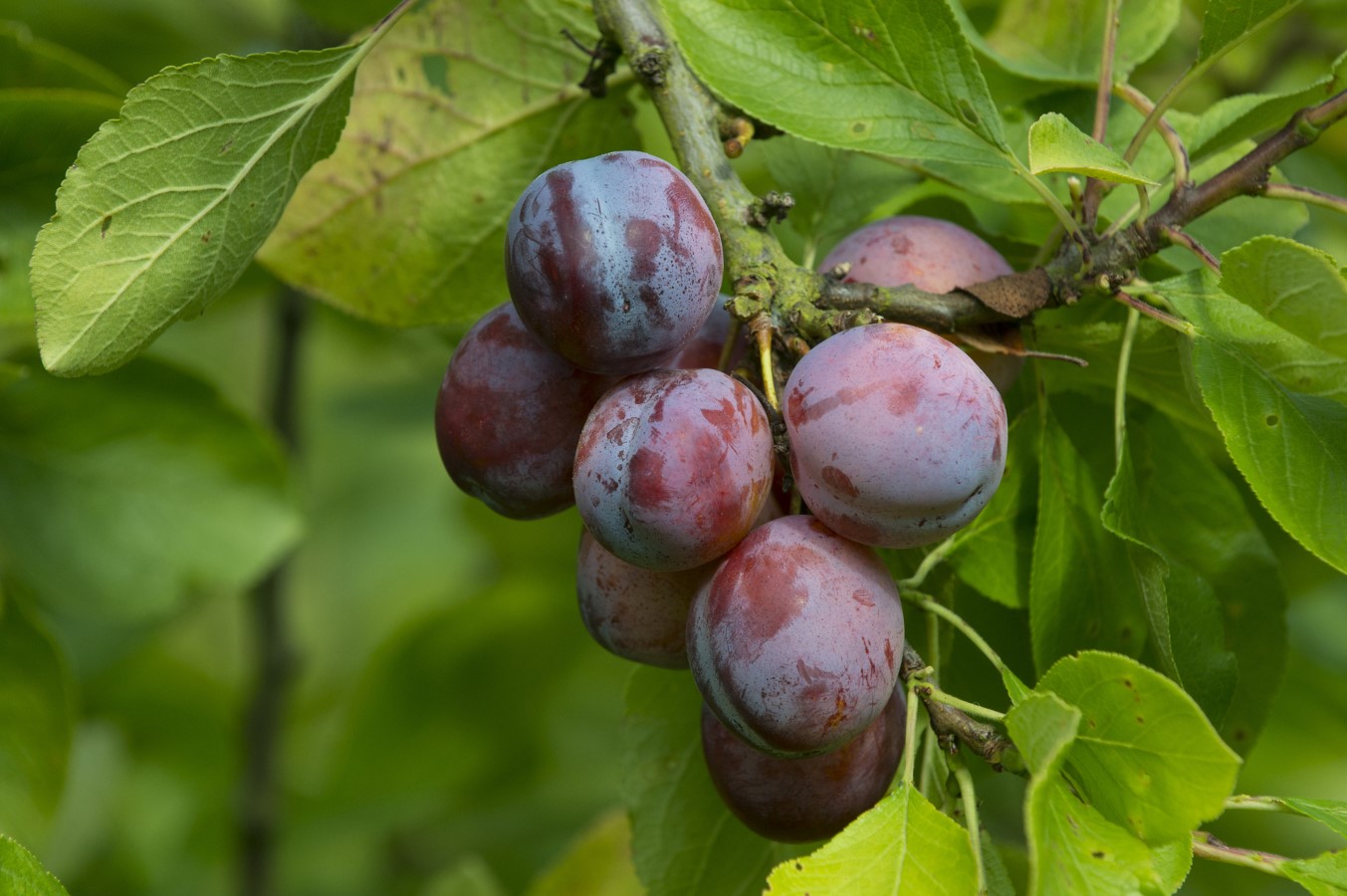
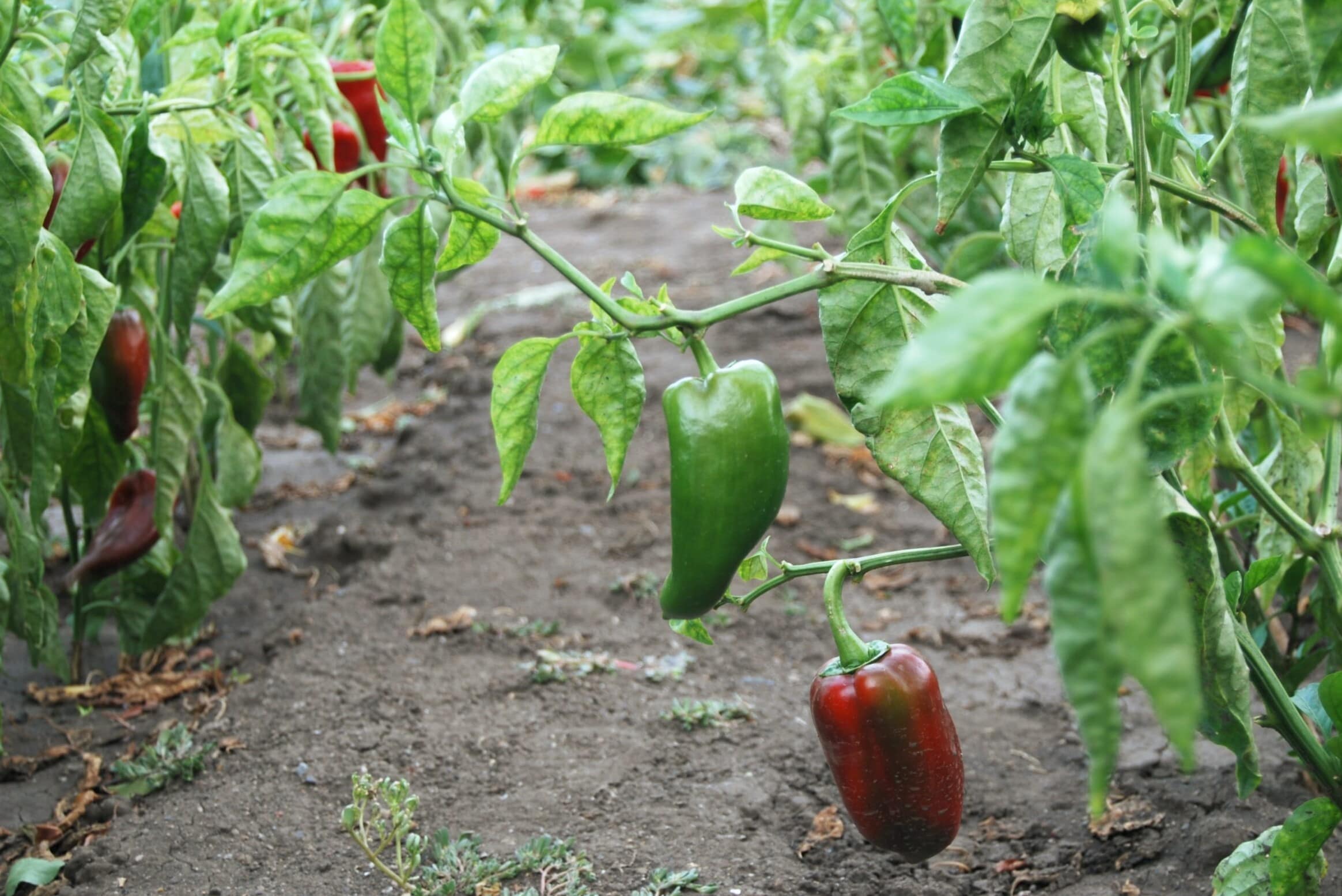
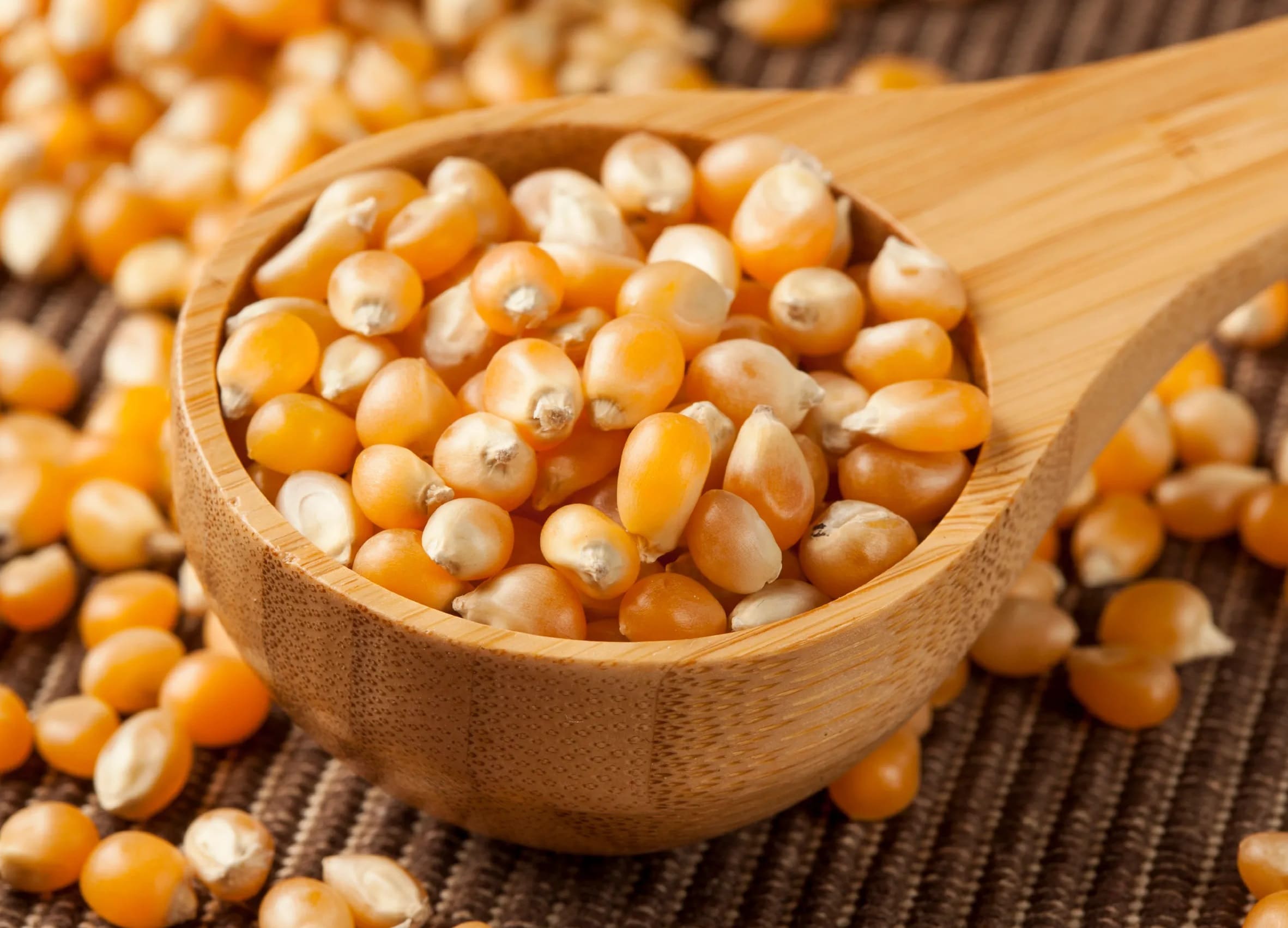
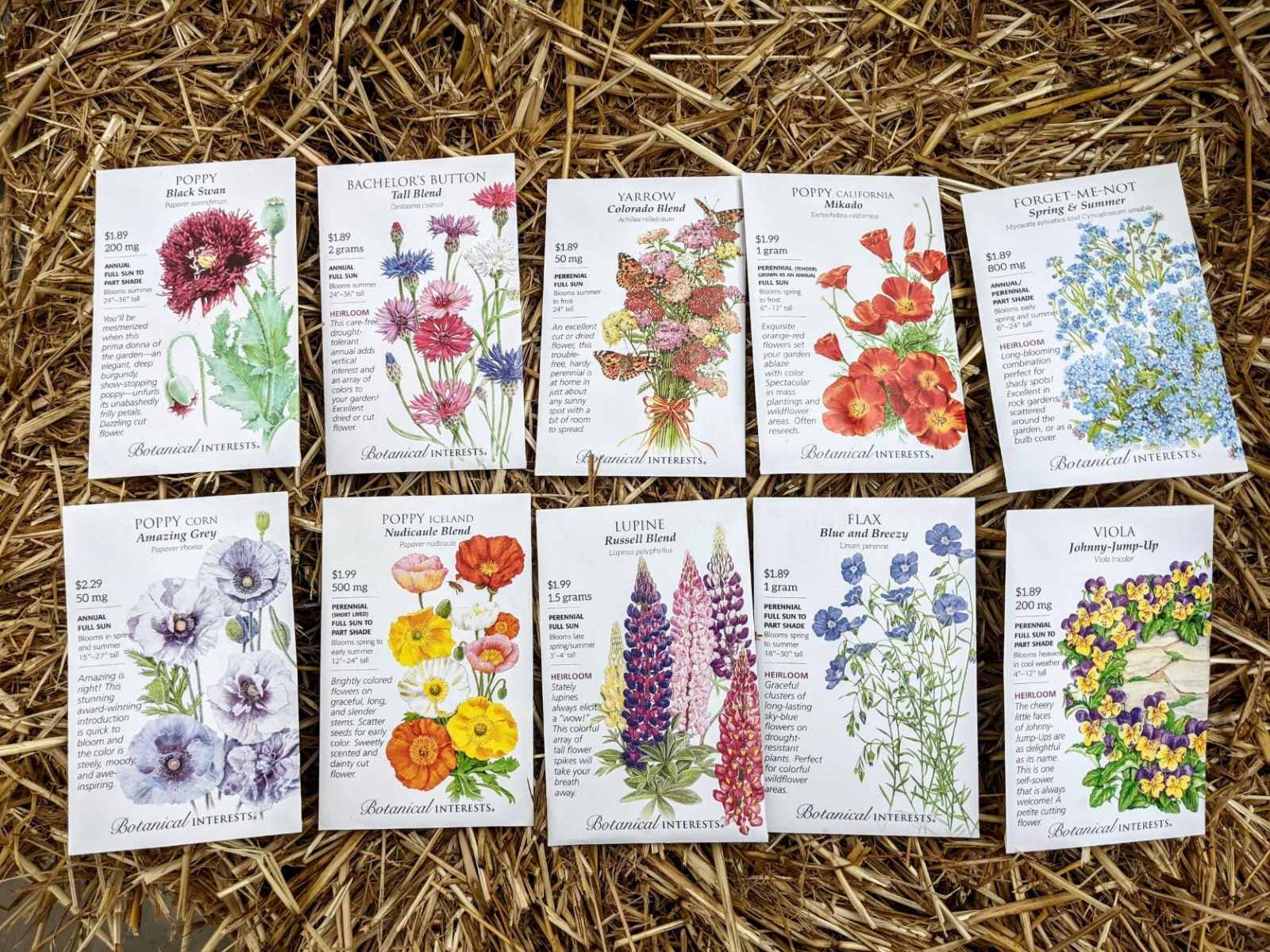
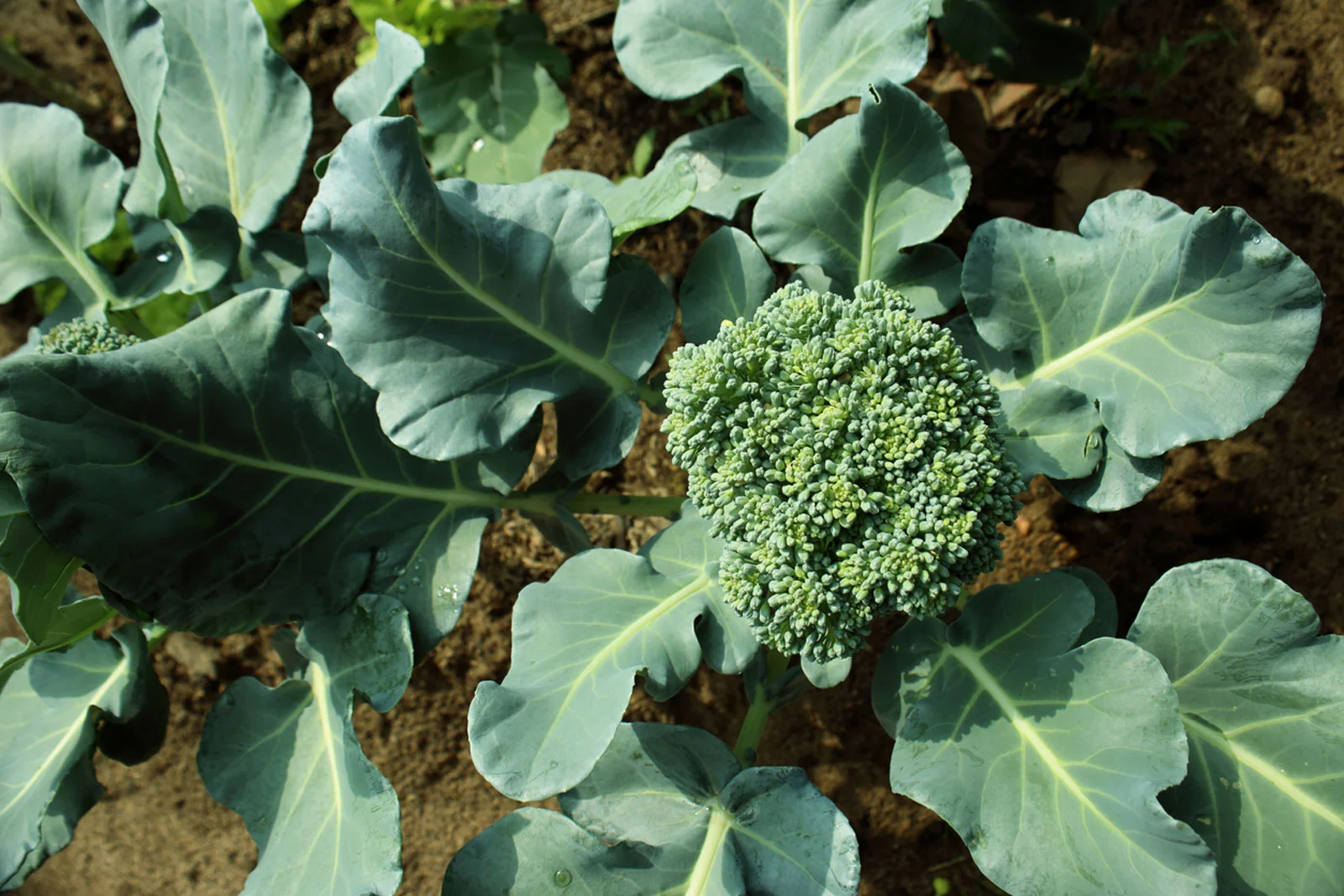
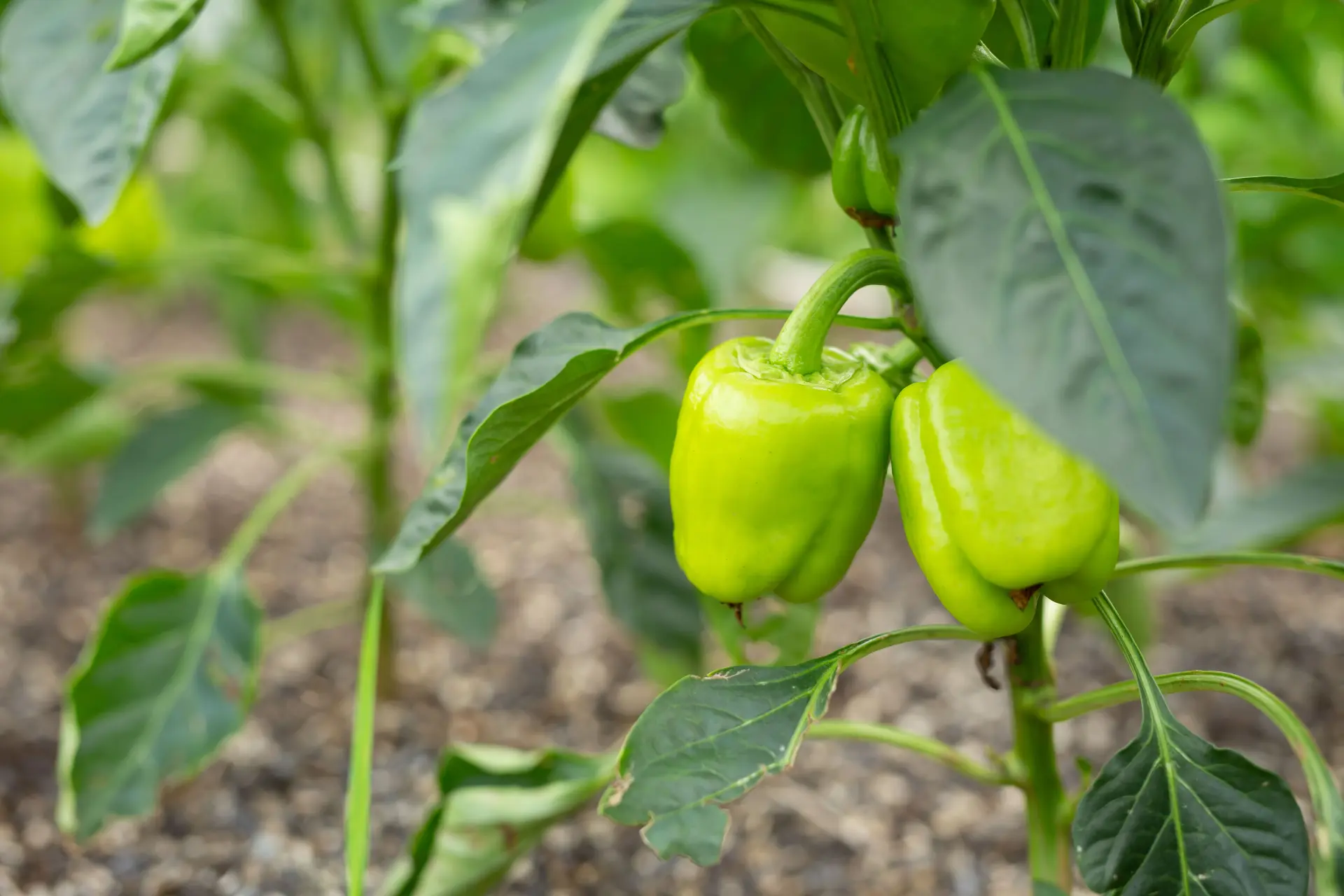

0 thoughts on “How Many Seeds Do You Plant In One Hole”